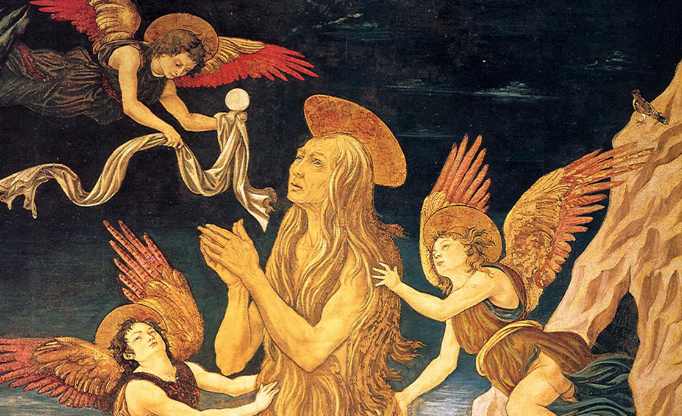Saint Mary Magdalene: Misconceptions and Truth
Saint Mary Magdalene is a figure often shrouded in confusion and myth. While she is one of the most important women in Christian history, many misconceptions overshadow her true identity and role. Understanding who she really was can provide valuable insights into her significance and the teachings of early Christianity.
Misconception: Mary Magdalene Was a Prostitute
One of the most persistent misconceptions about Mary Magdalene is that she was a repentant prostitute. This idea largely stems from a conflation of her with other figures in the Bible, particularly Mary of Bethany and the unnamed sinful woman who anoints Jesus. This stereotype has painted her in a negative light, overshadowing her true role as a devoted follower of Christ. Scholars suggest that Mary Magdalene was actually a wealthy and influential woman who supported Jesus’s ministry. Understanding her context helps to reclaim her dignity and recognize her important contributions.
Truth: Mary Magdalene Was a Witness to the Resurrection
Mary Magdalene is honored as the first person to witness the resurrected Christ, a crucial moment in Christian belief. This role is significant not only because it emphasizes her steadfast faith but also because it grants her authority as a witness to the resurrection. In a time when women’s testimonies were often dismissed, her experience stands out as a powerful statement about the inclusion of women in the early Church. The Gospel accounts illustrate her as a strong and pivotal figure, highlighting her importance in the story of salvation.
Misunderstanding: Mary Magdalene and Feminine Archetypes
Another common misunderstanding is how Mary Magdalene is sometimes viewed in the context of feminist spirituality. While she is often celebrated as a symbol of feminine power, some interpretations can risk oversimplifying her complexity. Mary represents not only femininity but also the struggle for recognition and dignity within a patriarchal society. By examining her life beyond symbolic labels, we can appreciate her as a real woman with her own struggles and strengths, offering a nuanced view of women’s roles in history and spirituality.
In closing, Saint Mary Magdalene’s life and legacy are rich with depth and significance beyond common myths. By exploring the misconceptions and truths about her, we can gain a more rounded understanding of her impact on Christianity and women’s roles in history. If you’re curious to learn more about her life and contributions, consider diving into scholarly works or visiting local churches that celebrate her story. Engaging with her narrative can offer fresh perspectives on faith and empowerment today.

